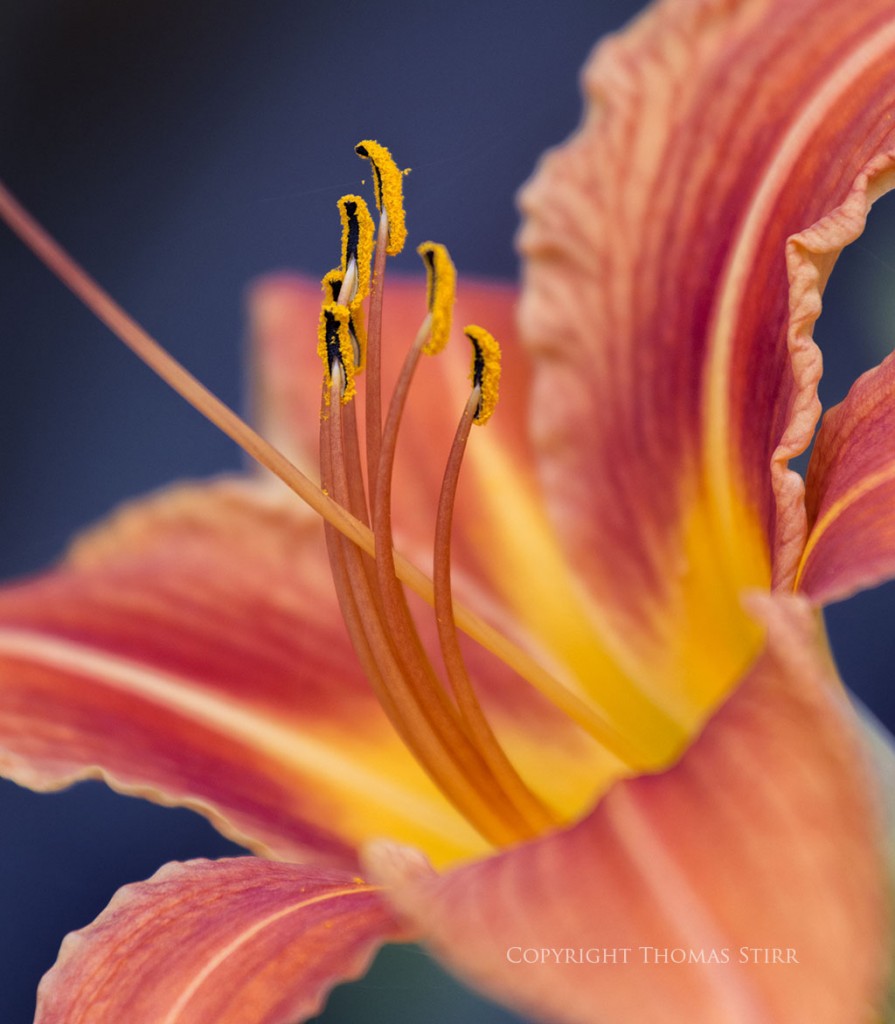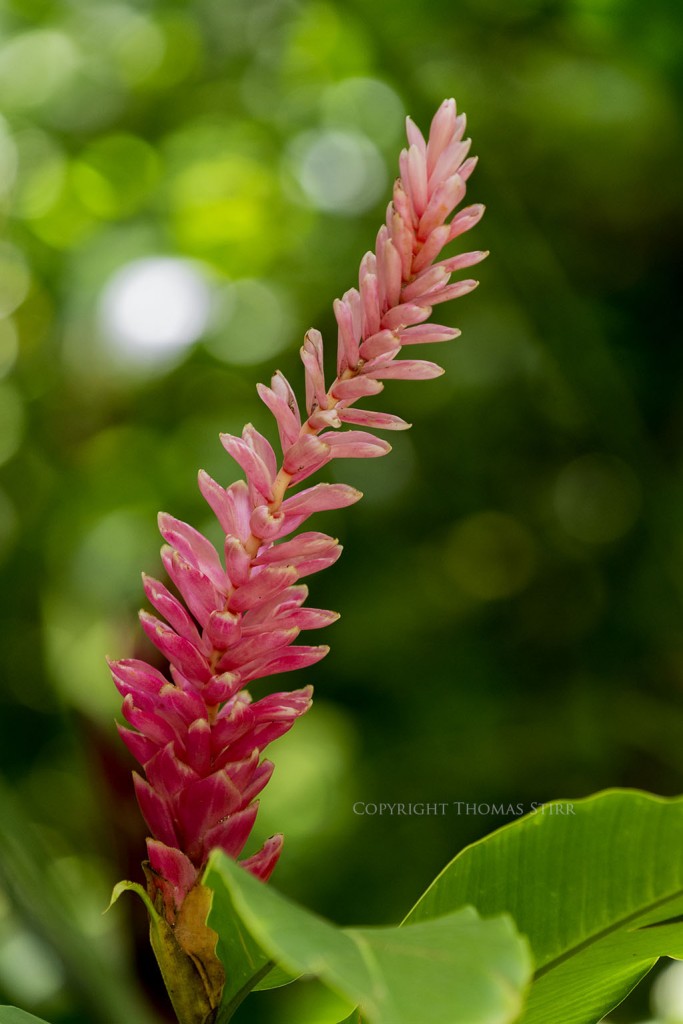My wife is an avid gardener and for more years than I can remember, I have accompanied her on a wide range of garden tours and other such outings. While gardening is of little interest to me per se, I do find some enjoyment in capturing images of flowers and foliage. And, on the odd occasion I have shot videos of private and public gardens.
(NOTE: click on images to enlarge them)
From a still photography standpoint my technique is rather simple. I shoot handheld with a telephoto lens, most often my Nikkor 70-200 f/4 with my D800, sometimes even adding my TC-17E II teleconverter for extra reach when needed. If I am out with my Nikon 1 V2 I usually use the 1 Nikon CX 30-110 f/3.8-5.6 or CX 70-300 f/4.5-5.6.
I always try and shoot with white balance set for direct sunlight, cloudy, or shade depending on the individual conditions. I never use a flash or drag a tripod around with me. I also never manually adjust the position of any flowers or plants, trying instead to find the exact right viewing angle, background and lighting conditions that appeal to my sense of colour and balance. I usually prefer using my D800 because of its incredible resolving power and good low light capability, as it is often difficult to shoot in darkly shaded areas. My Nikon 1 V2 is also a very capable camera for this type of photography because of its light weight and portability.
My setup works for me because it gives me flexibility to move around and change angles very quickly – crouching, lying on my belly, and sometimes putting myself in contortionist-like positions are often required in order to get the shot I want. Also, since I am often on private property during a garden tour, it is inappropriate to bring a tripod, blocking pathways, or otherwise inconveniencing homeowners and other visitors to their gardens.
One of my favourite times to do this type of photography is right after a light rain when colours can be very intense and the plants still have water droplets on them to add some additional interest. Partially cloudy or overcast days are much preferred over bright, sunny ones.
I find using a long telephoto lens helps me better isolate individual flowers that may be buried towards the back of a flower bed or in a similarly awkward position, which makes them inaccessible to photograph with a shorter lens. Using a telephoto lens makes this type of photography faster to do, and much more discreet. Image stabilization / vibration reduction obviously helps a great deal when shooting hand-held.
In many cities you don’t have to wait for warmer weather as there are often indoor plant displays at botanical gardens and many zoos have a good assortment of plants and flowers. Experimenting with some flower photography using telephoto lenses can be very instructive. It will teach you a great deal about distance, depth of field and subject isolation capabilities of your setup. Start out with a very basic setup – it does not have to be expensive. A 55-200 mm or a 70-300 mm lens would be very suitable for this type of photography. Lenses with a short “minimum focus distance” are ideal, because they allow you to get very close, while still maintaining the ability to focus. Camera systems like the Nikon 1 are excellent in this regard.
Get close to the flower you are about to photograph, set the focal length of the lens as long as possible for shallow depth of field. Next, set your camera to Aperture Priority mode with the lens aperture set to the smallest f number like f/3.5 (might be f/5.6 at long focal lengths), turn on Image Stabilization / Vibration Reduction and you should be ready to go! I like to set my ISO for each individual image and always try to set it as low as possible while still being able to get a good, hand-held image. Using lower ISOs will help your camera deliver the maximum amount of dynamic range possible in your images.
At very close distances and long focal lengths, you might find large apertures to create very shallow depth of field, which might only bring a very small portion of the flower in focus. If you want more in focus while still keeping the background blurry and smooth, make sure that the background is clear of other flowers / objects, or that they are in the distance. You may need to increase your f-stop to f/5.6 or f/11, and perhaps even higher, to get the depth of field you want in your image.
It is also important to consider the size of your camera’s sensor. Camera formats with smaller sensors will achieve an equivalent field of view with wider lenses than would be the case with a full frame camera. This helps create more depth of field at any given aperture at equivalent fields of view when compared to a full frame camera. For example, to achieve an equivalent field-of-view of 300 mm produced with a full frame camera, a Nikon 1 CX would use a 110 mm lens.
Photographing flowers can be a very enjoyable pastime, yielding some interesting images – many of which may be excellent subjects to convert into photo art – but that will be the subject of another article.
My intent is to keep this photography blog advertising free. If you enjoyed this article and/or my website and would like to make a modest $10 donation through PayPal to support my work it would be most appreciated. You can use the Donate button below. Larger donations can be made to tom@tomstirr.com through PayPal.
Article and all images are Copyright Thomas Stirr. All rights reserved, no use, reproduction or duplication including electronic is allowed without written consent.













Stunning and wonderful images, Thomas!
When possible, please can you recommend an m43 non-macro, telephoto lens which can be used for making flower images?
Thanks a ton,
Randy
Hi Randy,
It really depends on what kind of image that you are trying to create. A longer length, fast aperture prime, e.g. 75 mm f/1.8 would do a good job. One of the reasons that I purchased an M.Zuiko PRO 40-150 mm f/2.8 was to use it for flower photography. A M4/3 zoom lens that is 150 mm on the long end should work well to photograph individual blossoms. This link will take you to an article that features various flower images captured with the M.Zuiko PRO 40-150 mm f/2.8: https://smallsensorphotography.com/achieving-shallow-depth-of-field
Tom
Thanks a ton, Thomas !Lovely flower images on that page!
Glad you enjoyed them Randy!
Tom
Super LOVELY flower photos! I too like to photograph flowers with a longer lens. Thank you for sharing this wonderful images and advice.
Thanks Joni! Glad you enjoyed them!
Tom